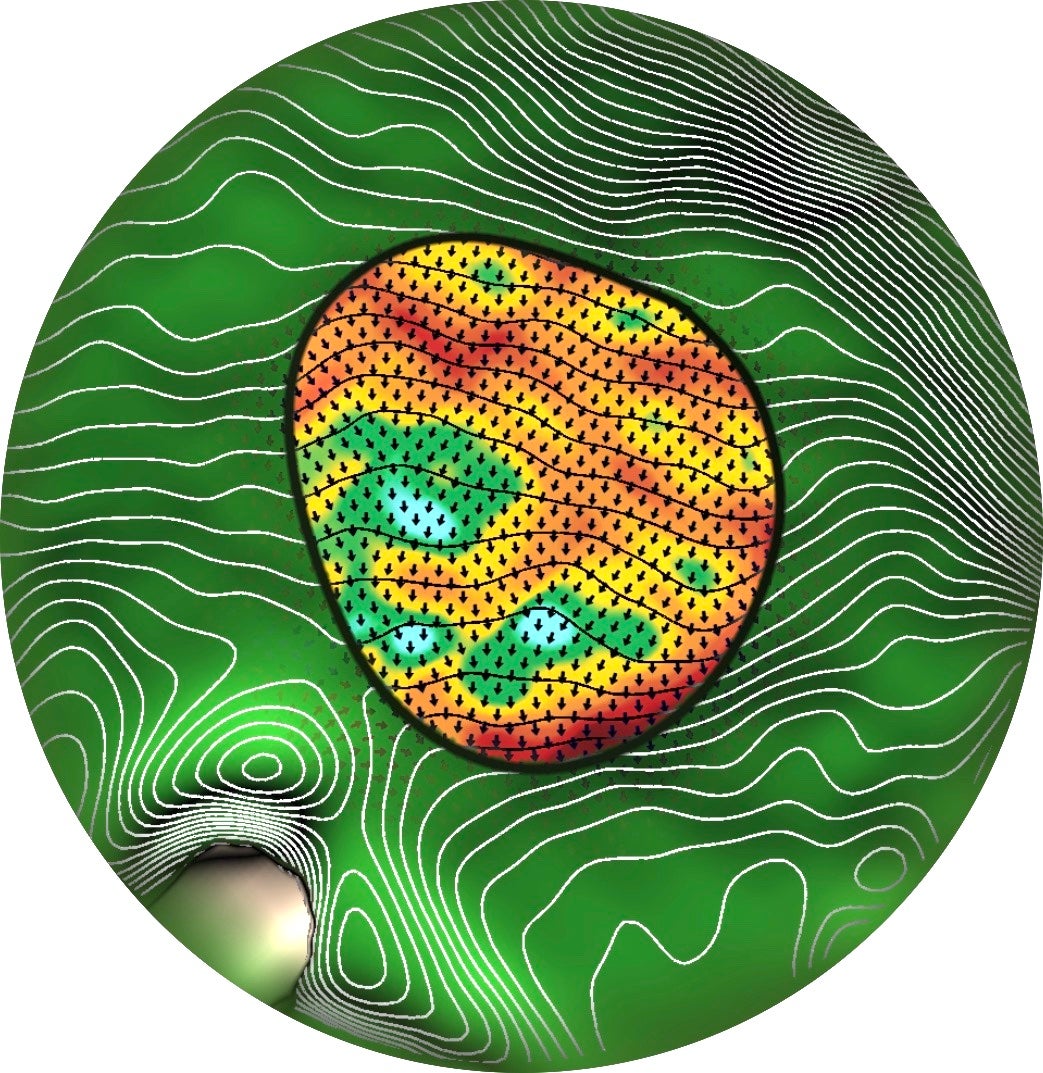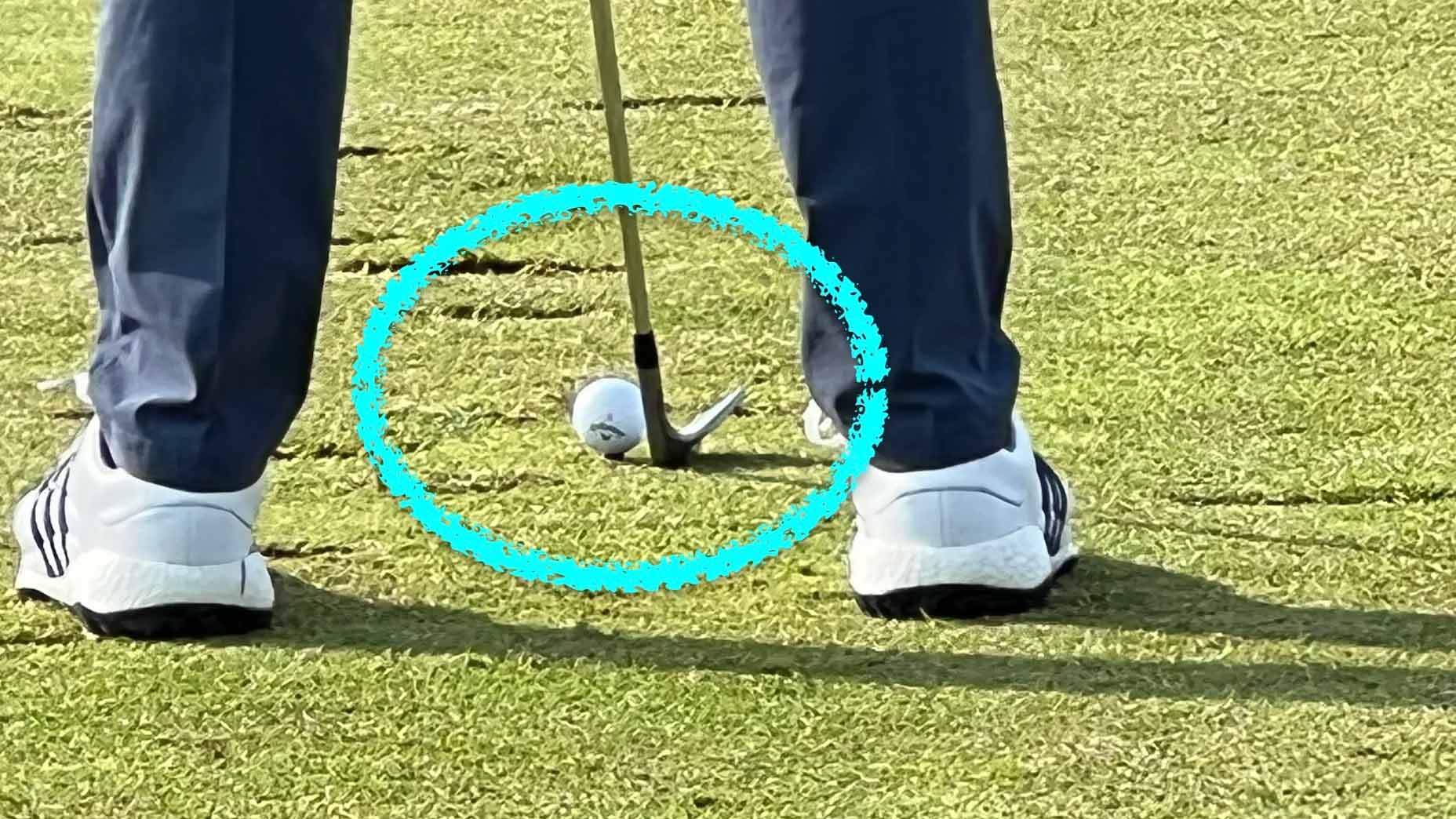BROOKLINE, Mass. — Justin Thomas called the hole “diabolical” earlier in the week, but early Thursday morning at The Country Club, it was largely docile.
The 11th hole spanned just 122 yards during the first round. The pin stuck just on the (relatively) flatter front part of the green, and with not a hint of wind in the air, the hole’s only two defenses were anonymous.

With strategy taking a backseat, the shot required was a straightforward one: A bunt wedge, the kind pros spend hours a day practicing. It’s no surprise, then, that each player in the first big-name group of the day to play the hole — the 7:40 a.m. pairing of Rory McIlroy, Hideki Matsuyama and Xander Schauffele — hit their shots within 30 feet.
But even though the shot at-hand wasn’t anything unusual, it was interesting to see them all do something slightly different than their ordinary approach: Each player teed up their golf ball. In the case of Xander Schauffle, who you can see above, it was pegged actually quite high considering they were each hitting a sand wedge.
Why pros use a high tee, even with a sand wedge
The reason, according to Top 100 Teacher Tony Ruggiero, has to do with the turf on the tee boxes themselves. The turf on the tee boxes is cut at just over a quarter of an inch — shorter than the fairways where they’d ordinarily hit this shot. They’re also drier and firmer, which combined means it’s easier for players to catch the ball heavy. Using a higher tee, Ruggiero says, simply gives players more room for error.
“The turf is so tight,” he says. “Using a tee is a good way of making sure you don’t get anything between the clubface and the golf ball, which can make the spin more predictable.”
Spin is an added benefit to all this. A higher tee won’t just guard against the possibility of a chunked shot, but can also help reduce the spin by allowing players to hit the ball slightly higher on the clubface, and therefore prevent the possibility of the ball spinning backwards off the back-to-front green.
It’s a small adjustment that makes golf just a little bit easier — even for the best players in the world.










